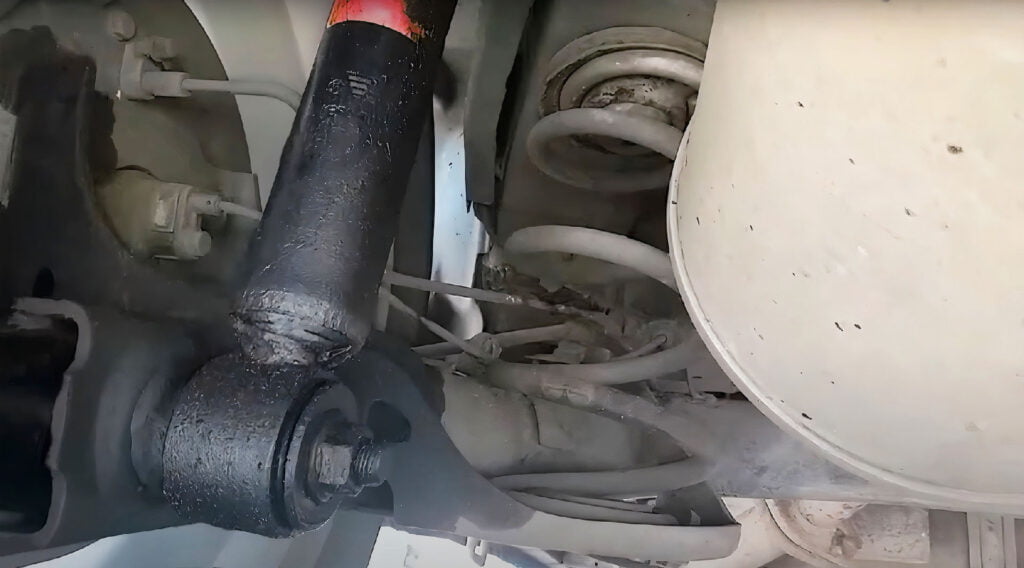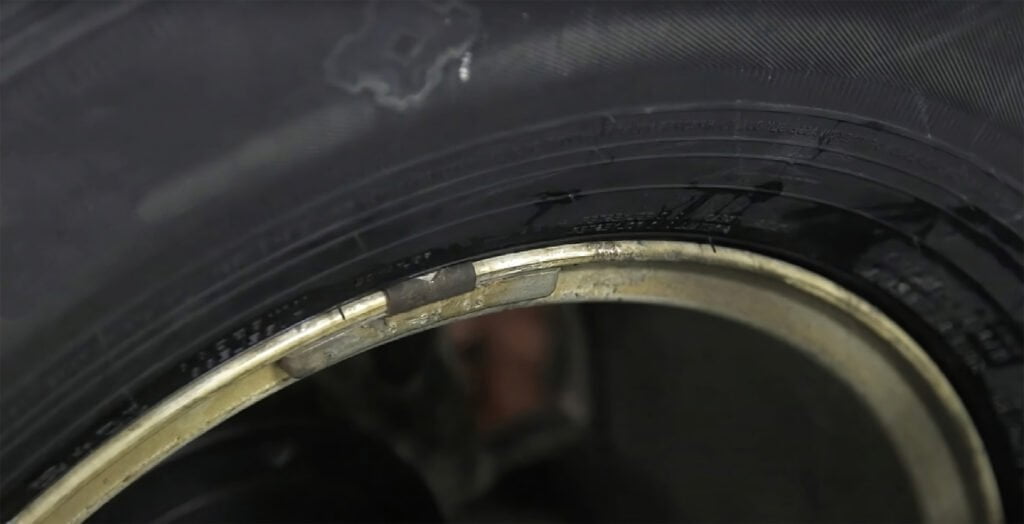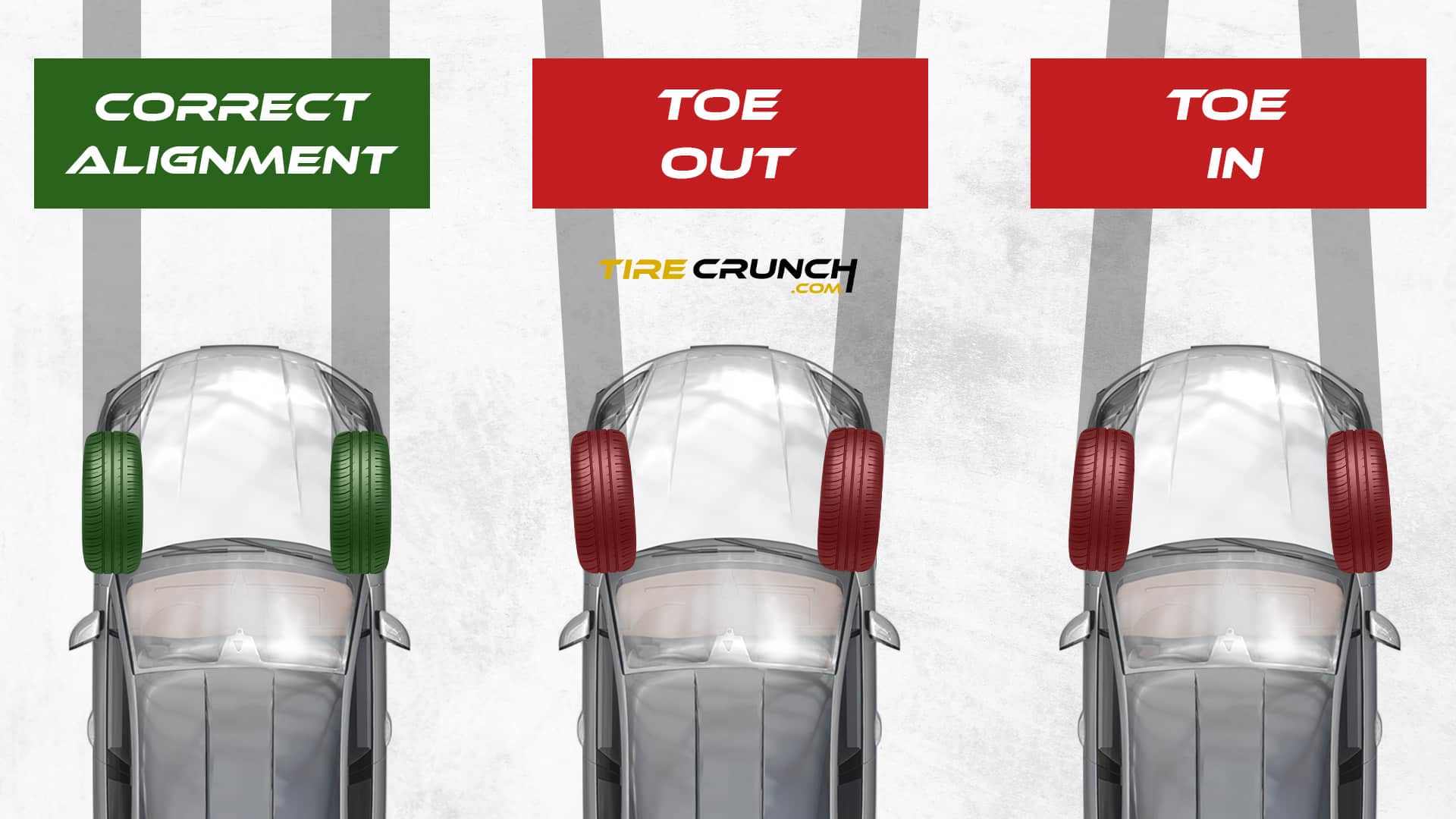What Is Tire Cupping? Causes, Effects, and Fixes

Are you hearing grinding and rumbling sounds when you drive your car? If so, your vehicle’s tires might be cupping! Tire cupping is a common phenomenon caused by premature tire tread wear. It occurs when the edges of the treads become uneven and develop small dips, like cups in its surface.
Key Takeaways
How Does Tire Cupping Affect Your Vehicle Performance
Tire cupping can have a significant impact on your vehicle’s performance. Cupped tires create uneven high and low points in the tread which disrupts the tire’s ability to maintain consistent contact with the road.
This can cause excessive vibrations, as well as decreased handling and braking capabilities. Additionally, a cupped tire will wear down faster than normal, meaning you may need to replace them more often.
Causes of Tire Cupping
Damaged or worn suspension components

Worn suspension components, such as shock absorbers, struts, and bushings, can cause tire cupping due to their inability to properly absorb road bumps.
This bouncing creates points of uneven pressure on the tire’s tread surface, which eventually causes the tread to wear down unevenly and cup.
Out-of-balance condition

An unbalanced weight distribution across the circumference of a tire can cause tire cupping, and can drastically reduce the lifespan of the tire. This occurs when an uneven force is applied to different parts of the tread surface, resulting in greater wear on some sections than others.
Poor alignment

Cupping can be caused by misaligned tires as well. The uneven contact with the road surface puts increased stress on certain sections of the tire and reduces its lifespan.
Interesting Fact: According to a study conducted by the Tire and Rubber Association of Canada:
Low-quality tires
Low-quality tires can be more prone to cupping than higher-grade alternatives. The reduced support of steel belts and increased wear in the rubber make these cheap tires more susceptible to irregularities such as premature tread loss.
Can cupped tires be fixed or is replacement necessary?
Cupped tires can often be fixed, depending on the severity of the cupping. If the cupping is minor, it may be possible to correct it with a tire rotation or wheel alignment.
However, if the cupping is severe, replacement of the tire may be necessary. It’s important to have a professional inspect your tires and determine what type of repair is needed.
Preventing Tire Cupping
Tire cupping can be caused by a variety of factors, including improper tire inflation, suspension issues, and poor-quality tires. Fortunately, there are ways to prevent tire cupping from occurring.
By following these simple steps, you can help ensure that your car’s tires remain in good condition and last longer without experiencing any issues such as tire cupping.
Signs of Tire Cupping
Cupped tires can often be diagnosed with a visual inspection of the tire’s tread. If you notice an uneven wear pattern or visible low points in the tread, then your tires are likely cupped.
However, a professional mechanic should be consulted to confirm that this is the case and to determine if a replacement is necessary.
FAQ
Can I Drive On Cupped Tires?
Cupping tires are not safe to drive on, as they have indentations that can cause your vehicle to behave differently on the road.
Cupped tires can lead to loud cabin noise when driving, an uncomfortable and bumpy ride, and higher spots wearing faster than lower spots. It is best to replace cupped tires as soon as possible in order to avoid any further damage or safety issues.
Why Is It Dangerous To Drive With Cupped Tires?
Cupped tires can be dangerous to drive with as they can cause a loss of traction and control, resulting in an increased risk of accidents.
The high and low spots on cupped tires reduce their ability to grip the road surface which can lead to skidding and difficulty steering.
What Do Cupped Tires Sound Like?
The sound of cupped tires is often described as growling or grinding, much like that associated with a faulty wheel bearing. It’s important to be able to recognize the difference. As you accelerate, the noise coming from cupped tires will become louder and more pronounced.
Final Words
Tire cupping should not be taken lightly as it can have serious implications for your vehicle’s handling and safety.
To prevent tire cupping, regular tire maintenance is key. Make sure to check the inflation levels, rotate your tires, and properly align them regularly. Additionally, any worn or damaged suspension parts should be addressed as soon as possible and high-quality tires should be used.
Taking these steps will help ensure that your car runs smoothly and safely, allowing you to avoid the dangers associated with cupped tires. Prevention is the best way to maximize your vehicle’s performance and safety; don’t forget that!
